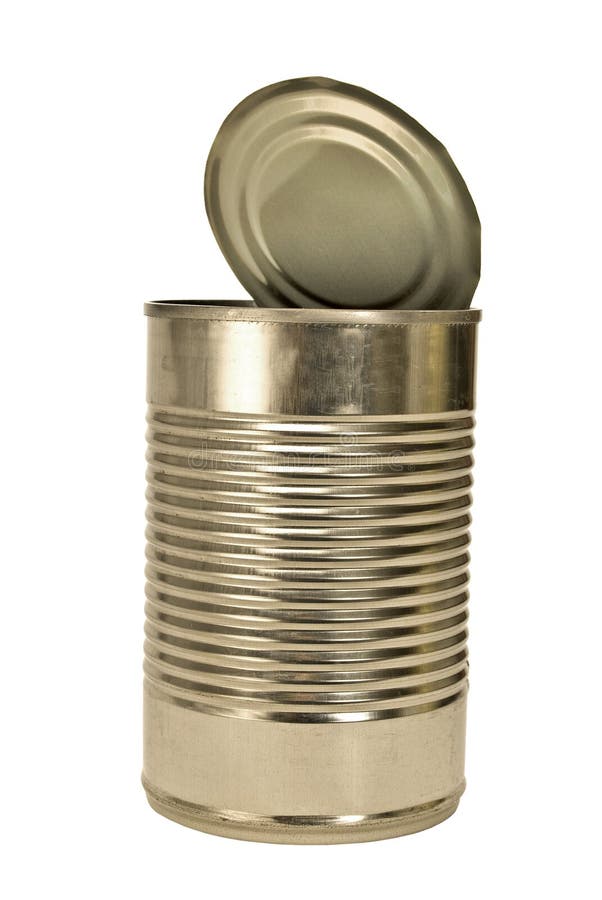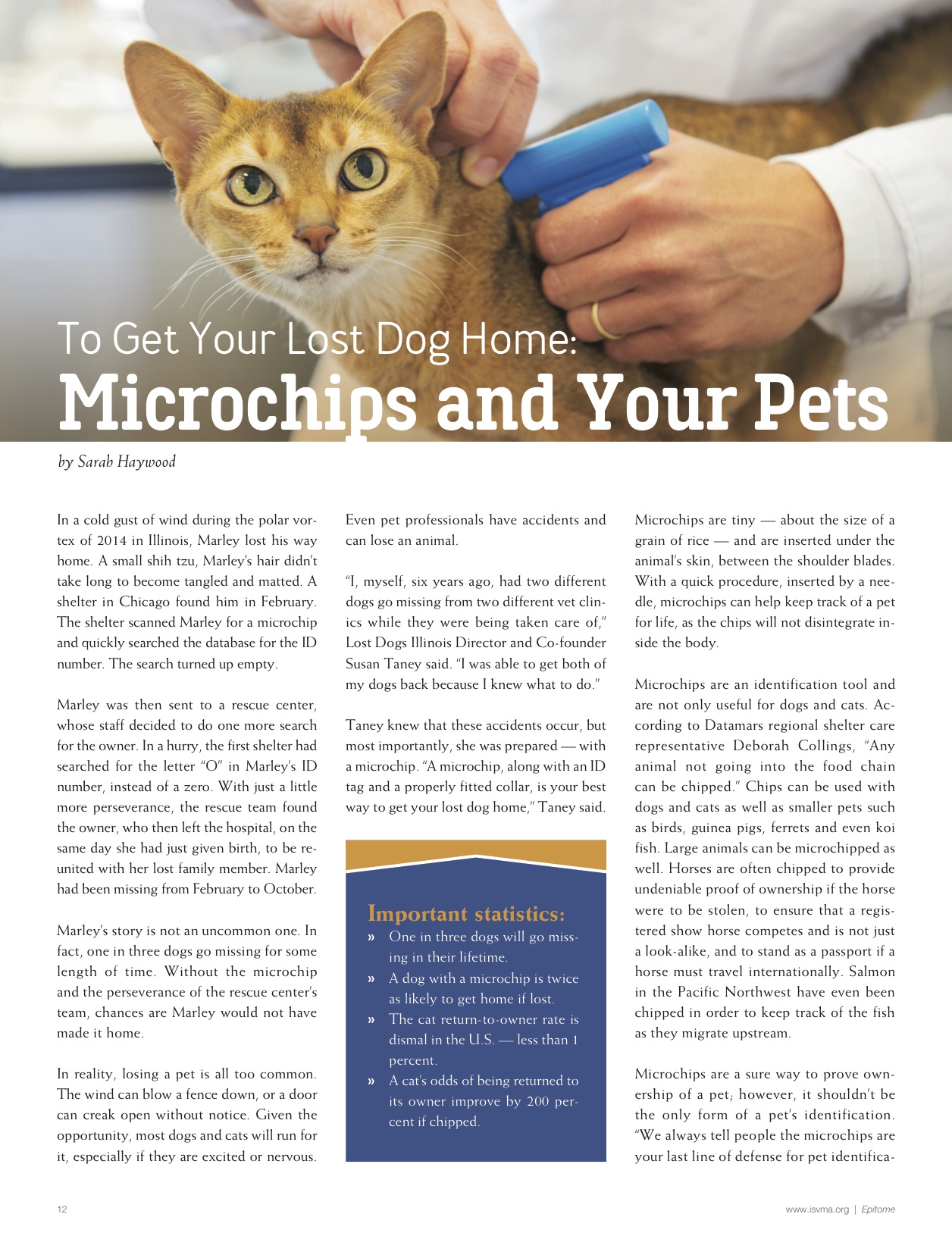What to Do When Your Dog Passes Away at Home: A Step-by-Step Guide for Pet Owners
Facing the Loss: The Immediate Moments After Your Dog Passes at Home
The loss of a beloved dog at home can be a deeply emotional and disorienting experience. When it happens, it’s natural to feel shock, sadness, or even confusion about what steps to take next. In such moments, having a clear plan can help you manage the situation with care and dignity for your pet and your family.
1. Confirm Your Dog Has Passed
Before taking further action, it is important to verify that your dog has indeed passed. Sometimes, pets-especially those who are very ill or elderly-may breathe extremely shallowly or remain very still for long periods. To confirm, gently check for a heartbeat or breathing for at least a minute. If you are unsure, you can contact your veterinarian or a local emergency animal clinic to help determine whether your pet has died. [1]
2. Take a Moment to Grieve and Gather Loved Ones
Allow yourself time to process your emotions. Grief is natural, and you should not rush this stage. If others in your household shared a bond with your dog, let them know and provide an opportunity to say their goodbyes if they wish. [2] Sharing this moment can help everyone begin the healing process.
3. Prepare Your Dog’s Body With Care and Dignity
Handling your pet’s body respectfully is an important step. Here’s how you can do so:
- Positioning: As soon as possible, gently lay your dog on their side in a natural, sleeping position. This helps prevent discomfort from rigor mortis, which typically sets in within a few hours and causes the body to stiffen. [2]
- Wrapping: Use a clean towel or blanket to wrap your dog. This preserves dignity and presents a peaceful appearance, which may be comforting to you and your family. If wrapping is too difficult, draping a blanket or towel over the body is an acceptable alternative.
- Containment: Place the wrapped body in a sturdy container or on a waterproof surface, such as a plastic sheet, especially if you need to keep your dog’s body at home for several hours.
Be aware that, after death, the body may release fluids from the bowels or bladder. Having absorbent pads or towels beneath your pet is recommended. [3]
4. Contact Your Veterinarian or Emergency Animal Clinic
Inform your veterinarian of your dog’s passing. If your regular vet is unavailable (such as at night or on holidays), seek out a local emergency veterinary clinic for guidance. Most clinics can provide information on what to do next, including options for handling your dog’s remains. [1] If you do not have a regular vet, you can search online for “emergency vet near me” or use the local animal control or animal shelter for advice.
5. Decide on Aftercare: Burial, Cremation, or Memorialization
There are several options for handling your dog’s remains, each with practical and emotional considerations:
Home Burial
In many areas, it is legal to bury a pet on your property, provided certain guidelines are followed. Check with your local city or county government for regulations. Generally, burial should be at least three to four feet deep and away from utility lines or water sources. Use a biodegradable casket or a heavy-duty plastic container for added protection. Remember, rules vary by location, so confirm before proceeding.
Cremation Services
Pet cremation is a common option and is often facilitated by veterinary offices or specialized pet crematories. Some services offer private cremation, where your pet is cremated alone and the ashes are returned to you, while others offer communal cremation, where ashes are not returned. You can ask your veterinarian for recommendations or search for “pet cremation services” in your area. [1]
Pet Cemeteries and Memorial Services
Dedicated pet cemeteries and memorial parks provide another way to honor your companion. These facilities can offer burial plots, memorial stones, or other ways to celebrate your dog’s life. Some families also choose to keep pet ashes in an urn or create a memorial garden at home.
6. Storing Your Dog’s Body (If Immediate Transfer Isn’t Possible)
If you need to wait before burial or cremation, it is important to slow the natural process of decomposition. If possible, place your dog’s wrapped body in a cool room or, if appropriate, in a refrigerator or freezer (separated from food) for a short period. This is especially relevant if professional services can’t be accessed right away or if you’re awaiting family members who wish to say goodbye. [2]
7. Managing Other Pets and Children
The death of a companion animal can also affect other pets in your household. They may sense the loss or exhibit changes in behavior, such as searching, whining, or acting withdrawn. Allowing them to see and smell the deceased pet (under supervision) may help them process the loss. [3] For children, use age-appropriate, honest language to explain what has happened and support their grieving process with comfort and reassurance.

Source: ssissimon.blogspot.com
8. Finding Emotional Support and Grief Resources
Grieving a pet is a significant process. Many people find it helpful to talk to understanding friends, family, or support groups. Several animal welfare organizations, veterinary schools, and pet cremation services offer grief counseling or hotlines. If you need ongoing support, you can search for “pet loss support groups” or “pet bereavement counseling” along with your location for local or virtual options. Compassionate professionals are available to help you through this transition.
9. Honoring Your Dog’s Memory
There are many meaningful ways to remember your dog. Some families create photo albums or digital slideshows, plant trees or flowers in their pet’s honor, or make donations to animal charities. You may also consider commissioning a piece of art or jewelry that incorporates your pet’s name or ashes. Memorializing your dog in a way that feels right for you can be a healing part of the grieving process.
10. Legal and Practical Considerations
While most pet deaths at home do not require official documentation, if your dog was under veterinary care, you may wish to request a written confirmation for your records. If your pet was microchipped, notify the microchip registry so their status can be updated. For those living in apartments or rental properties, consult your landlord or property manager regarding pet burial or removal policies, as rules may vary.
Alternative Approaches and Special Circumstances
Some families may find it difficult or impossible to handle their pet’s remains alone. In these cases, most emergency veterinary clinics and some pet cremation services offer home pick-up. If it is the middle of the night or outside regular business hours, calling a 24-hour emergency veterinary hospital is the best course of action. If you are unable to locate such a service, local animal control or humane societies may also assist with removal and aftercare, though policies differ by community. [4]

Source: radiosapiens.es
Summary and Key Takeaways
Losing a dog at home is never easy, but following these steps can help you navigate the immediate and longer-term challenges with care and respect:
- Verify your dog’s passing and take time to grieve
- Handle your pet’s body gently, using proper positioning and wrapping
- Contact your veterinarian or local emergency animal clinic for guidance
- Decide on burial, cremation, or another memorial option
- Store the remains appropriately if immediate aftercare is not possible
- Support other pets and family members through the loss
- Access grief resources and memorialize your dog in meaningful ways
- Address any legal or property-related requirements as needed
Every situation is unique, so choose the approach that best fits your personal, cultural, and practical needs. Compassionate professionals and support networks are available to help you through this difficult time.
References
MORE FROM grabscholarships.de













